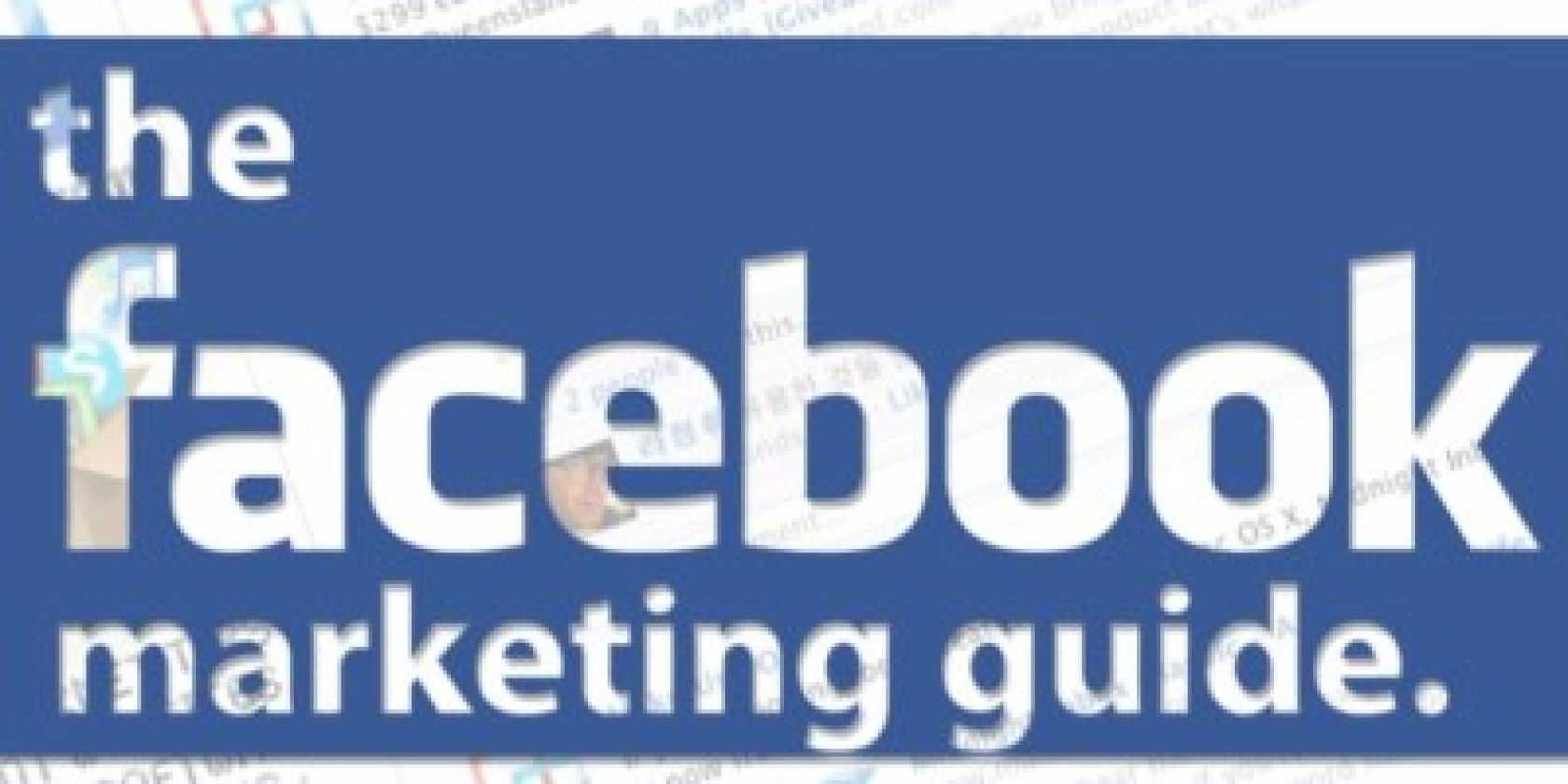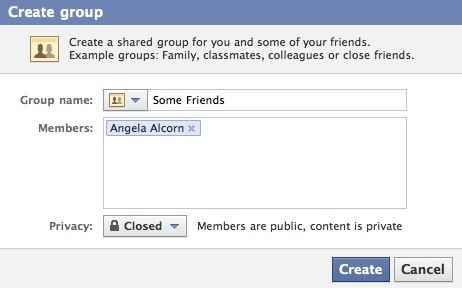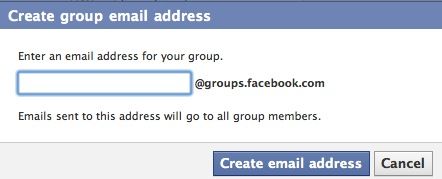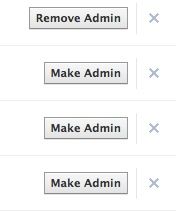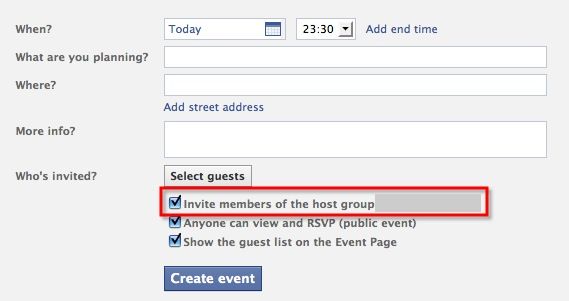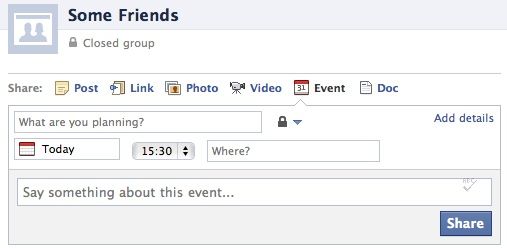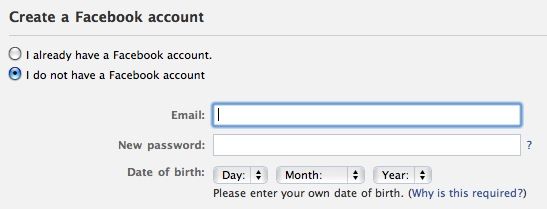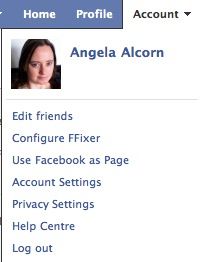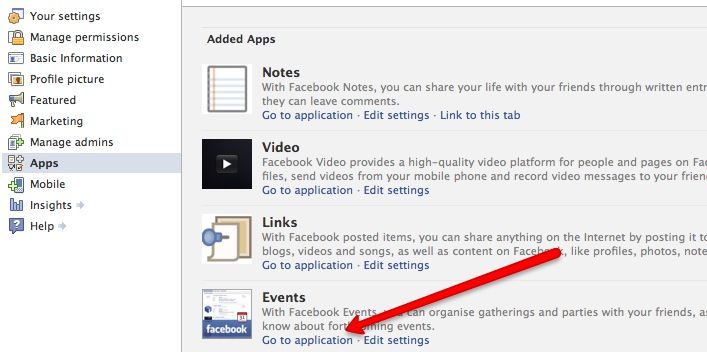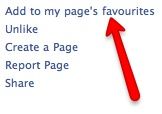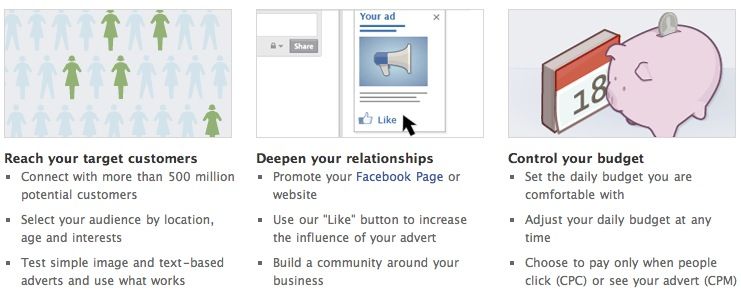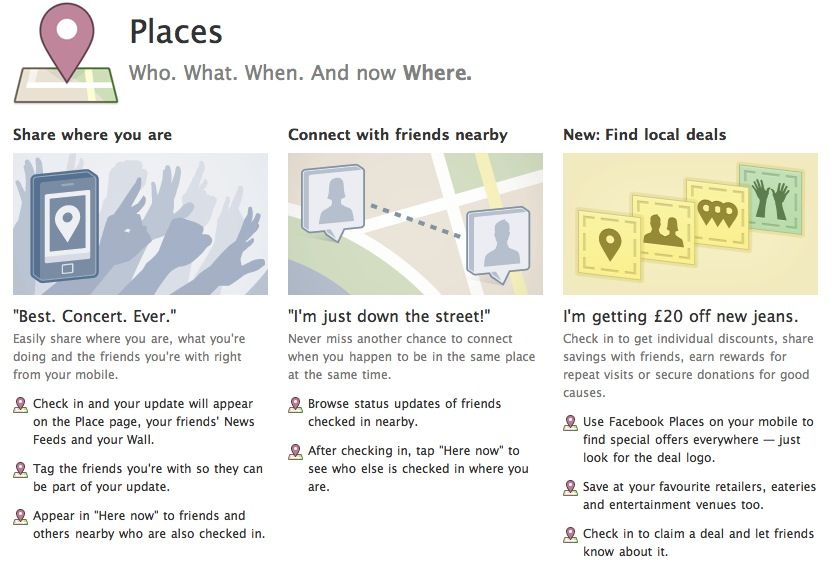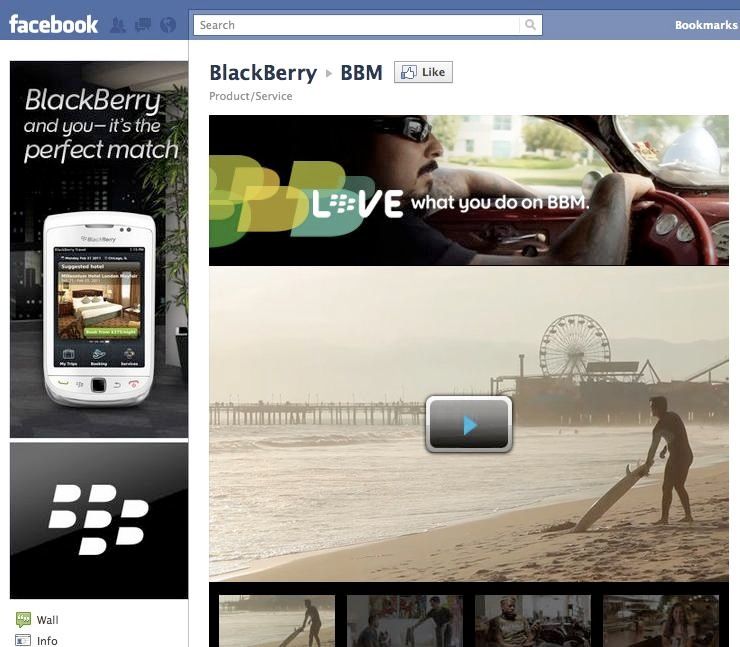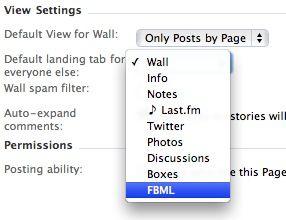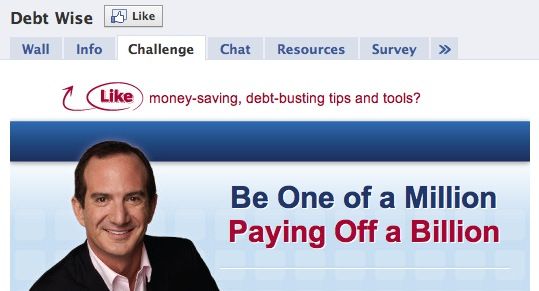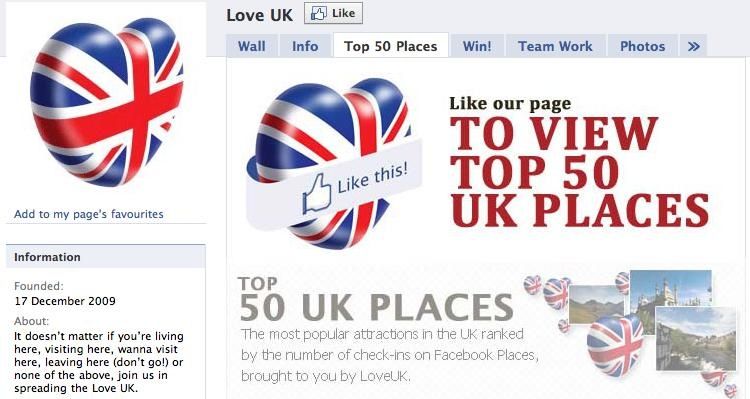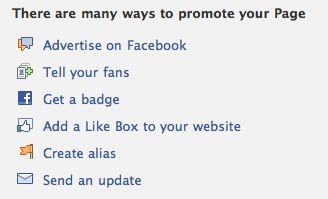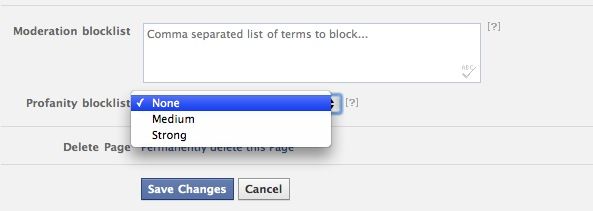If you’re not on Facebook you don’t exist. Anyone trying to market a business, product, band or some other public figure knows this, and that they need to “get a Facebook presence” because “Facebook is huge”. That’s great, but how do you get started?
By reading the latest free MakeUseOf manual, “You Like This: The Facebook Marketing Guide” from MakeUseOf’s own Angela Alcorn. This guide explains everything you need to know about promoting yourself, your business or your ideals on Facebook.
In order to make the best of Facebook for marketing, you’ll need to understand the tools available, how they’re used, best practices and how to set the tools up. But that’s just the start. Once you start piecing together this puzzle you’ll be able to manage your marketing efforts across multiple Facebook products with ease and style.
Table of Contents
§2–First Things First: Getting Started
1. Introduction
Facebook is fast becoming a powerhouse of marketing activity due to the sheer numbers of engaged users on the site and the simplicity of connecting with them directly. If you're promoting a business, product, band or some other public figure, you have probably been advised at some point or other to “get a Facebook presence” because “Facebook is huge”. Maybe that's precisely why you're reading this guide.
So, how do you get started?
In order to make the best of Facebook for marketing, you'll need to understand the tools available, how they're used, best practices and how to set the tools up. But that's just the start. Once you start piecing together this puzzle you'll be able to manage your marketing efforts across multiple Facebook products with ease and style.
2. First Things First: Getting Started
2.1 Organisations Should Not Create Personal Profiles
Profiles are for individuals only. If you are representing a company, organisation, event or group then register for Facebook as yourself and then create a Facebook Group, Page or Event as appropriate. Later you can (and should) add other individuals from your organisation as co-administrators.
Personal accounts which are deemed to be fake (i.e. not an individual) risk deletion by Facebook. I'm sure this is not something you want to happen to your business, so DO NOT start a personal Facebook account with a business name.
It's recently also become possible to register a Business account, purely for administering Pages and advertisements. These accounts are limited, but do have their uses. Read more under “Facebook Pages”.
2.2 Remember Your Personal Privacy
Note that if you're a figurehead for your company or organisation (as you will be if you are the creator of the Facebook event, group or page) that some users will be keen to find out more about you. This means it is vital for you to ensure your privacy settings on your own personal account are such that you show a professional image and do not expose yourself or your friends to threats or embarrassment. Check out the MakeUseOf Facebook Privacy Guide for more details on how to lock down your privacy settings.
2.3 Keep Work and Play Separate
If you are setting up a Facebook page for work purposes, keep things separate from your friends. Don't ask your Facebook friends to “like” your work's Facebook page; let it grow organically. This is not only best for your business' reputation, but also best for your privacy, professional profile and relationship with your friends.
3. Administration
This guide presumes you're comfortable with Facebook generally and will give an overview of how to set up Groups, Pages, Networks and Applications as an administrator.
All of these can be accomplished by anyone and you remain logged into Facebook as yourself to do it. Once these things are set up, you can add extra administrators to help manage them. In fact, it's recommended that you do this in order to ensure someone can always manage things effectively. Don't forget to check back regularly and add new admins if you need to.
3.1 Group or Page?
Before creating a group or a page, you might want to think about which is best for your needs. Generally, for a public face, Facebook Pages are best. If you're the manager of a big event, organisation, company, movement or product then this is the best choice. If you're co-ordinating a small community group, on the other hand, creating a Facebook Group may be a better idea.
The main differences lie in publicity, statistics and event invitations. Facebook Pages give you regular statistics on follower numbers and demographics. They're also very easy to publicise, using widgets and the viral “like” functionality. However, if you then host an event, you can only publicise it to your fans using an update through the news feed. You can't directly invite people to the event unless you are already friends with them. Facebook Groups, on the other hand, can send event invites to group members.
An example of how both a group and a page may be beneficial is in the instance of a choir, theatre group or other performance-oriented club. For the members of the club, the Facebook Group can keep people informed of club matters, social events and other things important to members and ex-members. The Facebook Page could be used to promote the performances and important news to fans. Another situation could be for events. The host company and the event could have a fan page, while the management committee, staff and volunteers could be coordinated using groups.
Basically, groups are perfect for internal purposes while pages make a great public face.
3.2 Facebook Groups
Facebook Groups created today are now all the “new” groups as of late 2010. These groups are primarily closed to all but the members of the group. They automatically include group chat abilities and an email address, which can be used to communicate with the group as if it were a mailing list.
First, search Facebook to see if the group you're thinking of already exists. If not, head to the groups application via your home page. Right up the top is a “Create a Group” button.
Then you choose the name, members and set the security settings for the group. The most important choice to make is down at the bottom. You need to decide how public this group will be. If you're making the group for a small community of people, then closed is usually best. People can see it and ask to be approved as a member, but it's kept somewhat private from outsiders. You can change any of these settings later by choosing to edit the group and clicking the customise tab. It's your group, so make decisions as you see fit. If you're not sure, leave the group closed until you know you want it otherwise.
You can later edit the group information. Plug in as much information as you wish.
You're able to choose an email address for the group, so that it can be used in the same way as a group mailing list. You can choose this in the group settings.
Facebook will then let you promote the Group by publishing to your wall or inviting friends. When these people join the group it will show up on their profile wall and news feed of their friends, thus promoting it further.
To make someone an administrator, go to the “Members” tab. Next to each member you'll see an option to “Make Admin”. Any admins can approve new members, edit the group, send messages to everyone and remove other admins (that have been there a shorter amount of time than themselves). I would recommend adding a couple of people you trust as administrators as soon as possible.
Upload a photo for the group at any time by clicking on the group picture in exactly the same way you do it for profile pictures.
3.3 Events for Groups
To create an event hosted by a group, go to your group page and click the “Event” link in the status bar.
From then on, it's exactly like creating an event by an individual, except that there's a check box which allows you to invite everyone from the host group to the event.
Note: For larger events where the guests don't necessarily know each other, it's sometimes best to hide the guest list for the privacy of your guests.
There are several things you should always do when creating events:
• Set the time, date, place and event name (make sure these are correct before you invite people!)
• Set how public your event is.
• Add extra details, like telling people what to bring or adding a picture.
• Invite people.
Remember your privacy – Don't add anyone's personal details (addresses or phone numbers) to a public event.
3.4 Facebook Pages
Facebook Pages are specific pages designed for business, brands, products, high- profile individuals, bands, websites and other things people may “like”. If you manage one of these entities, it is recommended to create a Facebook Page in order to connect with your fans.
If someone has already created a Facebook Page for your product, don't be too worried. It's likely that it was created by a genuine fan who wanted to help promote your cause – they've probably done you many favours in your absence. It is also possible to prove to Facebook that you are the legal representative so that you can continue the work from there. Other things you may consider is discussing shared ownership with the current owner, leaving their page as an unofficial version or asking Facebook to delete their page entirely. Obviously, some of these options will endear yourself to your fans more than others; think about it diplomatically.
As mentioned before, the creator of the fan page will normally be an individual logged in with their own Facebook identity. Ensure this person is a reliable, stable member of your organisation as they will ultimately control your Facebook Page. Also ensure this person is presentable enough to be a public face for your company and that they understand basic public relations and technical needs. You may have to rely on them at times, so be very careful who you choose!
It is also possible to create a page with a business account. While you are not logged in to Facebook, go to Facebook Pages and create a page.
Click on “I do not have a Facebook account” and enter an email, password and date of birth. From there it will guide you through the steps to create a business account. Business accounts are not like other user accounts and cannot be used to view user profiles, make friends or be seen in search results. These accounts are simply for administration of Pages and Advertisements.
Ensure that whoever creates the Facebook Page adds multiple administrators as soon as possible, who are equally reliable, tech-savvy, presentable members of your organisation. This will save trouble in the future if the creator is unable to log in, make changes or moderate, if their account gets hacked or if they ever do decide to leave the organisation.
Also ensure your administrators are keeping their private life adequately private from prying eyes, as being an administrator will bring them into the public's scrutiny and firing line. This is to protect your staff as well as your reputation.
To add new administrators, edit the page, then click on “Manage Admins”.
Once created there are many ways you can edit your Facebook Page to best represent your product. We'll go into tips and tricks later, but start yourself off by adding a few details you feel are essential for introductions, information and promotion.
Tip: When you've created your Page and are viewing it, click on “Bookmarks” and “Add Bookmark” in the navigation menu in order to add a quick bookmark to your page.
With new pages, you will automatically be notified when people comment on your page; you can opt for email notifications as well. Photos will be displayed at the top of your profile in the same way as user profiles.
As an administrator of a new Facebook Page, you'll be able to comment and “Like” other pages on behalf of your page. To do this, go to account on the navigation bar and choose “Use Facebook as Page”.
Old pages don't work in quite the same way as new pages, especially with notifications and navigation tabs, but all pages will be upgraded in March 2011.
3.5 Facebook Page Insights
Facebook Page administrators can view the statistical insights of the page by visiting the Insights page. Here you'll find graphical representations of your Page's data, such as daily “Likes”, interaction with posts, demographics and more. Insights can also be emailed to administrators on a weekly basis.
Keeping track of these statistics will enable you to make informed choices as to how popular certain posts were on Facebook, who is interested in your work and what to promote in the future.
3.6 Events for Pages
As a business, personality, brand or product, you might already have ideas as to what sort of events you will be promoting. If not, some typical ideas would include:
• Sales
• Openings/Launches
• Tours
• Signings and Celebrity Appearances
• Performances & Live Events
• VIP parties
• Virtual Events
• Causes & Fundraising Drives.
When viewing your Facebook Page, you'll notice you can't create an event from the status bar. These days, you need to manage your Facebook Page’s event through the page’s applications. Go to your page and click “Edit Info”, then “Applications”. When you see the Event Application, click “Go To Application” and you’ll be able to start an event as per usual from there with your Facebook Page listed as the host of the event.
At this stage, you can’t invite your page’s fans directly. However, the event will be promoted on your Facebook Page.
Another possibility is to have a staff group or volunteer group related to your page to create the event. Creating the event via a group also allows for a professional appearance and a kickstart for your event marketing, since you can invite all the group members immediately. See “Events for Groups” to create an event this way.
3.7 Facebook Community Pages
Facebook Community Pages are auto-generated using information from Wikipedia, Facebook Questions related to the topic and Facebook updates related to the page. They're usually based on towns, cities and regions.
To make the most of these pages, show your allegiance by “Liking” the page and adding it to your Page's favourites.
Once you do this, your posts that mention the name of this page will appear in the “Related Posts” section, providing more exposure for you.
3.8 Facebook Networks
Facebook Networks used to be Facebook's way of grouping individuals by country, school or business. These days, networks can still be created for businesses and schools, but they don't hold the same meaning as they used to. It can be an effective way of validating an individual as being an employee or student at a particular organisation, since Facebook ensures that an email address from that domain is verified for that account.
In regards to marketing, Networks don't hold a lot of power any more. It's best to use Groups, Pages and Places.
3.9 Applications
Facebook applications are incredibly viral and can be made to be quite effective. Creating a Facebook application is potentially a good marketing move, as long as you know why you're doing it and how it will aid your efforts.
Obviously writing an application from scratch is beyond the scope of this manual, but Facebook has developed a “Getting Started” guide for application developers. This is recommended as a first point of call.
3.10 Facebook Connect
Facebook Connect is a type of Facebook application, which is used to allow Facebook users to log into your website using their Facebook login. Anyone can set up Facebook Connect on their site, although many prefer to use Facebook Connect in conjunction with other login services, such as Disqus in order to allow people choices of Twitter and other logins as well. Others use Wordpress plugins to make the setup process easier.
There are also other important aspects to Facebook Connect which make it a valuable marketing tool. When your site uses Facebook Connect, any articles a reader likes on your site can be displayed on their Facebook newsfeed, and those articles may be read by the user's friends.
To get started with Facebook Connect, read the Facebook Developers Page.
3.11 Facebook Instant Personalisation
Some websites have partnered with Facebook to provide Instant Personalisation for their users. This personalisation means you'll also be able to show your readers on your site which posts their friends liked from your site, meaning they're more likely to pay attention to those posts before they leave your site. It's an easy way to increase engagement on your site and to boost the amount of time people spend on your site.
Read more on Facebook Instant Personalisation here.
3.12 Advertising
Advertising on Facebook is an obvious marketing technique. Currently Facebook can offer exposure to up to 500 million people, targeted by specific demographics such as location, age and interest.
There are many options available to the advertiser, allowing budgets to be limited, the advertiser to specify whether to pay per click (CPC) or pay per view (CPM), users interests can be specified, and the location can be set to an extremely local area. Due to this, Facebook advertising is a promising venture even to non-profit organisations such as theatre groups wanting to audition local actors for a specific role.
Facebook have put together a great guide to Facebook advertising, including case studies and tips on how to improve your adverts.
3.13 Facebook Places
Facebook Places is Facebook's way of letting users “check in” to venues, letting their friends know where they're hanging out. It improves the venue's exposure to that user's friends in the news feed, plus it breeds loyalty to the venue.
To control your business in Facebook Places, first check if it's already listed. Search for your business name in the search bar. If there is a place with your business name, you can claim it as your business by following the link labelled “Is this your business?” and following the claims process from there. You'll be verified by phone and can then edit your business' place details, such as opening hours and profile pictures.
If your business isn't listed in Facebook Places, you can add it yourself. You'll need to use a supported device, log into the Facebook application and open Facebook Places while in your business physically so the location is correctly set. Click on “Check in” then “Add” and fill out the name details as you wish. Finish by going back to “Check in”. Once the place is in the system, follow the previous instructions to claim it as your business.
Once you have set up a Facebook Place for your business, there are numerous ways you might engender loyalty and engagement with your venue, such as offering discounts for people who check in and discounts for loyalty. These deals are then passed on to friends via the newsfeed, possibly encouraging more people to take part in your deal later. That's some quick word of mouth publicity!
3.14 Merging Facebook Places and Pages
It's possible to merge your Facebook Places location with your Facebook Page, however this is not always recommended. For small businesses with specific pages, this is okay, but you wouldn't want to merge a specific franchise location with a global brand. Also, some functionality is removed after the merge, such as being able to choose which tab is the landing page for the Facebook Page. Any Facebook users connected with the page or place will be connected to the new merged page.
Overall, though many people believe merging Places and Pages to be a good thing for branding, administration and simplicity. If you want to merge your place and page, visit the place you have claimed in Facebook and click on the “Merge this place with a page” link. Facebook staff will verify that this is indeed a matching place and page, and then merge them for you. The merge process cannot be reversed.
4. Tips And Tricks
There are numerous ways to make your business shine on Facebook. Using the right mix of Facebook products and a few tried and tested marketing tactics, you'll be doing quite well. But sometimes, it's worth knowing how Facebook works, who uses Facebook, what works specifically on Facebook (plus what doesn't) and how you might do better.
So, here are some great ideas for marketing yourself on Facebook.
4.1 Don't Get Trapped In Facebook
One of the most important things to remember about Facebook is that information you put directly into Facebook is essentially stuck in Facebook. So, if you don't want your company to become dependent on Facebook, don't create your best content in Facebook. Instead, create content elsewhere (like your blog) and link to it from Facebook. Some people even go so far as to sync Twitter updates as Facebook updates so that the content is also in the wider Internet. Whatever you do is entirely your choice, but it's always worth bearing in mind.
Facebook is huge right now, but no-one knows what the future holds. If you keep Facebook as a part of your marketing effort, rather than the entirety of your efforts, you’re in a good position for the future.
4.2 Create Engaging Content
As for blogs, Facebook pages should provide regular engaging content (which is not too controversial). Ask questions, tell stories – whatever you do, stay interesting! Don't make it sound like an advert and don't bore your fans. Offer tips and tricks, mention relevant news and try to encourage comments and feedback.
4.3 Sharing links on a page
The quickest and most effective way to engage your audience is to share links to great content, asking for comments and opinions from your fans. Make sure you also use the best thumbnail to get their attention.
To do this, head to your Page's status bar, click on “Link” and paste the URL in.
You also use the same process to share photos, video, questions and status updates.
4.4 Don't Post Too Often
Some users will un-like a Facebook Page if their posts take over their home feed. How you determine how many posts is enough or too much is up to you, but most people consider once per week to once per day as sufficient.
4.5 Make Your Facebook Page Interesting
Not only do photos make a brand seem more trustworthy, they also add colour. The easiest way to brighten up your Facebook Page is with a large vertical banner as a profile picture. Currently the size limit is 180x540px - This will take up the entire left- hand panel and bring more colour to your page.
It's also possible to create a splash page with plenty of colour by setting a specific landing tab. You can even control these landing pages so that first-time visitors will see a different page to return visitors. This means you can give more of an overview to your potential audience, while getting straight into the gossip with your fans.
If you're not sure what to do with your welcome tab, search the Internet for “best Facebook pages” and you will find many great blog posts with more examples of innovative Facebook Pages.
The easiest way to set up a welcome tab for your page is to add an application to do this. Go to “Edit Page” then choose “Apps”. At the bottom of the page, there should be a suggested application called Static FBML (or use the given link). Add the application and it will allow you to write your own HTML for that tab, allowing pictures, video and other interactive features to be used. Click on “Go To Application” to add the HTML to the tab.
To change your default landing tab, visit your page's wall and click on “Edit Page” and “Manage Permissions”. Click on the options for “Default landing tab for everyone else” and choose the FBML tab.
Another option to create a landing tab is to use Pagemodo (also here).
One of the best tricks used in these landing page designs is to use a little bit of space
at the top to remind users to “Like” the page while they're there.
Also use your landing page to tell your readers exactly what sort of tips and tricks they'll learn by “Liking” your page and following your updates. Not only will they know exactly what they're signing up for and why – they'll look forward to learning more and will really pay attention to your posts.
Also, be creative with the new page design. Now that pages have photo thumbnails across the top like the new profile pages, you can use all the same profile design tricks available to personal profiles to make your wall more interesting. Give it a go!
4.6 Importing Blog entries to Page notes
Although Facebook links are paid more attention than Facebook Notes, notes can be an easy way of managing updates to a Facebook Profile.
To do this, go to your page's notes tab and import the RSS feed for your blog. Also, make sure in your wall settings that you allow auto-expanding of comments so that thumbnails of blog pictures will be included in the update on your wall.
This trick is great for people who just want to set up a profile and forget it. It won't lead to true engagement, but it's far better than having a stagnant page.
4.7 Facebook Page Applications
Use Facebook Page applications to incorporate other social media efforts, such as your content from Flickr, YouTube, Tumblr, Slideshare and Twitter. Why waste all your effort duplicating content when you could be making more use of it? Also, Non- Profits should consider using Causes to help their campaigns.
Go to “Edit Page” and “Apps” to see your current applications and to find new ones.
4.8 Facebook Questions
Facebook Questions is something you've probably seen as a regular Facebook user, but it's worth using as a marketing tool for brands and personalities on Facebook. Consider occasionally using Facebook as your Page (“Accounts” then “Use Facebook as Page”), then searching through Questions to answer queries for people. You'll be adding value for your customers, building awareness of your brand and helping people to understand your areas of expertise.
Also consider asking good questions or starting polls to help bring up conversations about things related to your brand. For instance, a pool cleaning company might start a conversation about which pool cleaning products people use and why they choose them.
You could also try polling and quizzes from other applications.
4.9 Mentions of Groups / Events / Pages
Encourage and perhaps educate your fans to mention your Page, Event and Groups in their status updates. For users to do this while entering a status update, they just need to enter @ and follow it with the first letters of your page/event/group's name until they can click on your name. This is an easy way for them to let all of their friends know about your promotions.
4.10 Give-aways & Contests
Give things away & hold contests. Yes, it's true – the things that work for real-life marketing can also work within Facebook. Just make sure you stick within Facebook Guidelines when promoting contests.
Asking your fans to vote on something is another great way to build engagement and to encourage your fans to share your page with their friends.
Love UK has done a great job of this, using Places and a custom application to incorporate a leader board of the best destinations in the UK into their page. Plus, their application lets users see which of their friends have been to these places, leading to more user interaction and the potential for more future trips to these destinations.
4.11 Promote Your Facebook Presence Offline & Elsewhere Online
Use real-life signage and business cards to promote your Facebook Page, Place, events and online competitions. Keep the word spreading from online to offline and back again.
The same goes for your blog and other online profiles. Make sure your Facebook Page, Events, Places and photos are featured in a blog post, in the sidebar and in other profiles such as your Flickr or YouTube profile.
Facebook offers many different styles of widget for your websites, from script-based to image-based, so you will be able to find something to use.
Go to “Edit Settings” on your page and click “Marketing” then “Get a Badge” or “Add a like box to your website”.
From here, you can also make an advert for your Facebook page. Be sure to include a like button (this tip is recommended by Facebook Advertising).
4.12 Have Goals
As with all marketing efforts, it's good to set some quantifiable goals for your Facebook Strategy. How many “Likes” do you want? By when? How many people would you like commenting per week? How much traffic would you like Facebook to send to your website?
Or do you want to focus on customer service oriented goals: How many customers have you helped? How have you built community around your brand?
Once you know your goals, you can create a strategy to achieve them. You may need to ensure regular updates from several staff members in order to maintain your page's momentum.
4.13 Moderation
If you allow comments or photo uploads, you will need someone (or several people) to moderate your Facebook Page for abuse and offensive comments. To ensure the best possible interactions with your fans, try to make very clear what sorts of posts are encouraged and discouraged, so that everyone knows what will be removed and what will be kept.
The new Facebook Pages make moderation even easier, allowing you to create a blocklist of keywords to automatically filter out. You can even automatically block profanity using a drop down filter option. Go to “Edit Settings” and “Manage Permissions”.
4.14 Be Authentic
Ensure your brand stays true to its roots. Don't try to be something you're not on Facebook. Also add a human touch, by allowing your staff to converse a little with your fans. If your staff can sign-off with their own name after they post on behalf of the company, it will help to show the real personalities behind the brand.
4.15 Thank Your Fans
Don't take your fans for granted. Offer discounts or some sort of reward if possible. At the very least, thank them for their support.
4.16 Engage and Facilitate Conversation
If your fans are leaving comments (good or bad), make sure someone is on hand to respond to these. Deal with PR and customer service issues immediately, and continue to encourage conversation.
Facilitate communication between your following by allowing your fans to upload photos or ask questions to other fans.
4.17 More Facebook Marketing Resources
Here's some Facebook-run pages which will help you to learn about what other people are doing with their pages by viewing case studies, news and ideas.
• Media
• Pages
• Facebook Marketing Solutions
Also, follow the MakeUseOf page on Facebook!
5. Conclusion
Marketing on Facebook is something that will change rapidly and without warning. Basic marketing principles can often be used within Facebook, but your best value will be gained by generally focusing on engagement, conversation, good customer service, offering valuable information, providing shareable media, bright visuals and not being overly sales-focused with your content.
It's also wise to keep looking out for new tips and tricks. Keep an eye out for articles relating to Facebook administration and marketing tricks (especially from MakeUseOf.com) and keep a close watch on other organisations to see what they do well. Good luck!
Additional Reading
- Procrastinate On Facebook With These Great Ideas
- IFTTT Automation For Your Facebook Page
- A Festive Guide To Facebook Gifts
- How To Spot a Fake Facebook Account & Stay Safe
- Facebook Psychology – Is Addiction Affecting Our Minds? [INFOGRAPHIC]
Guide Published: April 2011

